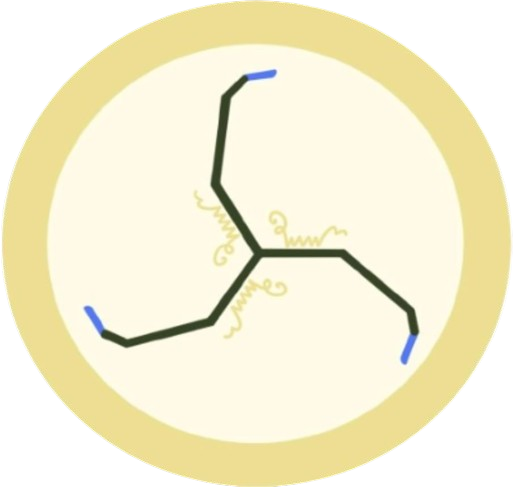Exploring how plants communicate with each other and defend against herbivores and pathogens
The mechanisms of plant communication consist of various methods, both direct and indirect. The relay of information within a plant and its communication with other plants is crucial in defence against perceived threats such as pathogens or herbivores.
Plant Communication
This communication takes on various shapes. Let’s look at some of the ways through which plants communicate:
- Chemical signals: Volatile organic compounds also known as VOCs are easily diffusible gaseous molecules that are produced by plants. They serve many purposes. Each plant carries its own specific mixture of volatiles. Some attract pollinators to flowers, others gather in leaves to dispel predators like herbivores. More importantly, they are released as distress signals to warn other plants of approaching threats. For example, methyl jasmonate is released by plants that are under attack and carried to the unharmed parts of the plant and to nearby plants to signal to them to employ their defence mechanisms. In response, the receptive plants may produce antifungal or anti-insect toxins.
- Direct contact: Plasmodesmata are organelles that act as “bridges” between plant cells. They allow the translocation of molecules and the relay of information between cells. Furthermore, roots are known to provide the plant with information regarding the conditions of the soil and this itself allows the plant to realise and prepare against environmental changes and threats. Plant roots can signal to nearby fungi to wrap themselves around the root. The fungi can aid the plant by providing it with essential nutrients. If the same fungi is connected to multiple plant roots, information along with resources can be shared and exchanged among them through the fungi.
- Sound signals: Although humans use sound to communicate, frequencies below 20 Hz (subsonic) and above 20,000 Hz (ultrasonic) cannot be heard by us. Research and experiments have proven that plants do use sound waves to communicate but they tend to use frequencies that cannot be picked up by the human ear. Instead, these frequencies allow them to communicate with other plants or animals. Certain types of sounds and frequencies can encourage or discourage plant growth! For example, a study confirmed that chilli plants grow better with basil plants nearby than fennel.
Types of Defence Mechanisms
The chemical and physical protective methods employed by plants can be largely split into two categories:
1. Constitutive: These defences are permanently present in plants as the threats of being attacked by pathogens or herbivores are always imminent. Examples of such defences include thorns, spikes, thick leaves and high levels of toxins.
2. Induced: Defences of this sort are deployed only when required and are usually common amongst plants in climates that do not support herbivores for most of the year. Toxic compounds are produced solely in times of need to conserve energy and resources.
There is much more to learn about the intricate system of back-and-forth communication between plants. By breaking the barriers that hinder us from understanding and perceiving the signals sent out by plants, we can gauge a more sound understanding of the world around us. Improved knowledge of plant communication may also allow us to provide plants with what they need to conserve their decreasing numbers to aid us in combating issues like climate change or food insecurity.
-Maryam Malik
Sources:
- https://www.studysmarter.co.uk/explanations/biology/ecology/plant-communication/
- https://link.springer.com/referenceworkentry/10.1007/978-94-007-6728-7_21-1
- https://www.thoughtco.com/plasmodesmata-the-bridge-to-somewhere-419216
- https://kids.frontiersin.org/articles/10.3389/frym.2022.658692
- https://bmcecol.biomedcentral.com/articles/10.1186/1472-6785-13-19
- https://learn.genetics.utah.edu/content/herbivores/defenses/
- https://www.ncbi.nlm.nih.gov/pmc/articles/PMC3493419/
*Disclaimer: This article has also been posted to our Medium. NernstNaK is the rightful owner of this work on both our website and Medium, and thus stresses that there has been no plagiarism or copying on either account.*

